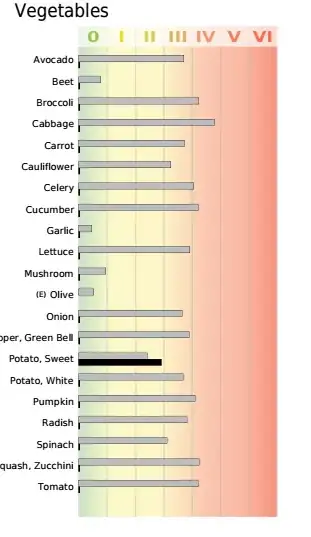Immunoglobulin E (IgE) is an antibody which is important part of type 1 hypersensitivity, or allergy in common language. It is said that, ie. milk allergy is IgE-mediated. This means that exposure to milk protein causes the immune system to "sensitize" (= milk IgE is produced) to milk during the first exposure. During the subsequent exposures the milk protein activates the immune system due to the presence of these milk associated IgEs. The results of this activation is the allergic symptoms. Amount of each food-IgE level in the blood is quite good surrogate for presence of allergy. I recommend to read the Guidelines for the diagnosis and management of food allergy in the United States.
I find it strange that immunoglobulin A (IgA) levels are measured in association to IgE levels. For example, the guideline earlier has no mention of IgA with regard to food allergy. IgA may have a mediator role in type 1 hypersensivity but I have trouble finding any record that this would have any clinical significance. Moreover, there are IgA-related diseases, but these have nothing to do with food allergy.
Corresponding guideline from Europe by the European Academy of Allergy and Clinical Immunology does not mention anything about IgAs. Of course, there is the non-IgE-mediated food allergy but nevertheless that does not involve IgAs.
If these were your own test results, I would recommend you ask from the provider of the test about the clinical significance of IgAs. I would be very interest about their response.
EDIT: Are we talking about IgA or IgG here? IgA is mentioned in the text and IgG in the topic. In the case of IgG, my answer would be different.

